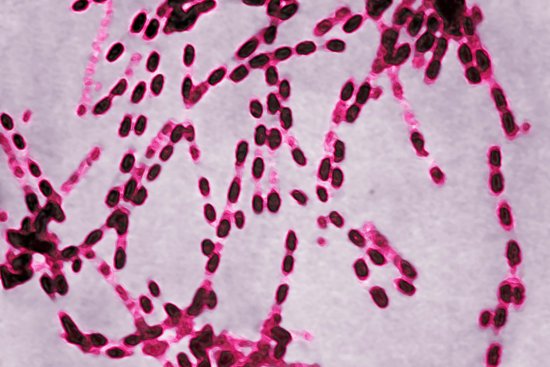
Another incident occurred after the anthrax exposure
Last month’s anthrax accident was caused by scientists’ failure to follow an appropriate study plan, a lack of standard procedures for documenting when biological agents are properly inactivated and a lack of oversight, according to a report released by the Centers for Disease Control and Prevention on Friday.
The report, called for by the CDC’s director, reviewed the June incident in which researchers were exposed to potentially viable anthrax. It includes information about what went wrong and details actions the agency is taking to address the incident and prevent similar ones from happening again.
Not only did scientists at the Atlanta lab not follow an approved written study plan when handling the anthrax, but they also used a procedure that may not have adequately inactivated the samples of B. anthracis. The procedure the scientists used inactivates B. anthracis cells after 10 minutes, but the researchers were dealing with spores, which are more resistant to chemical inactivation and so a small percentage remained viable.
While the agency was conducting its internal review, another CDC lab had a separate incident in which a culture of non-pathogenic avian flu was unintentionally cross-contaminated with the highly pathogenic H5N1 strain. It was then shipped to a Level 3 select-agent United States Department of Agriculture lab. No one was exposed, but the lab is closed pending a review.
Due to the anthrax and the cross-contamination incidents, the CDC has placed a moratorium on the movement of all biological materials, active and inactive, from Biosafety Level 3 and Biosafety Level 4 facilities. These facilities handle microbes that can cause fatal infections that are transmitted easily by inhalation.
The review initiated an investigation in to the H5N1 incident, reported the incident to the proper channels, took personnel action, and established several groups to review CDC lab safety. One review group, which sits under the CDC’s Associate Director for Science, will look at the systems, procedures, and personnel issues leading to the anthrax event. A separate working group will report to the CDC director and serve as the point of accountability on lab safety for the time being.